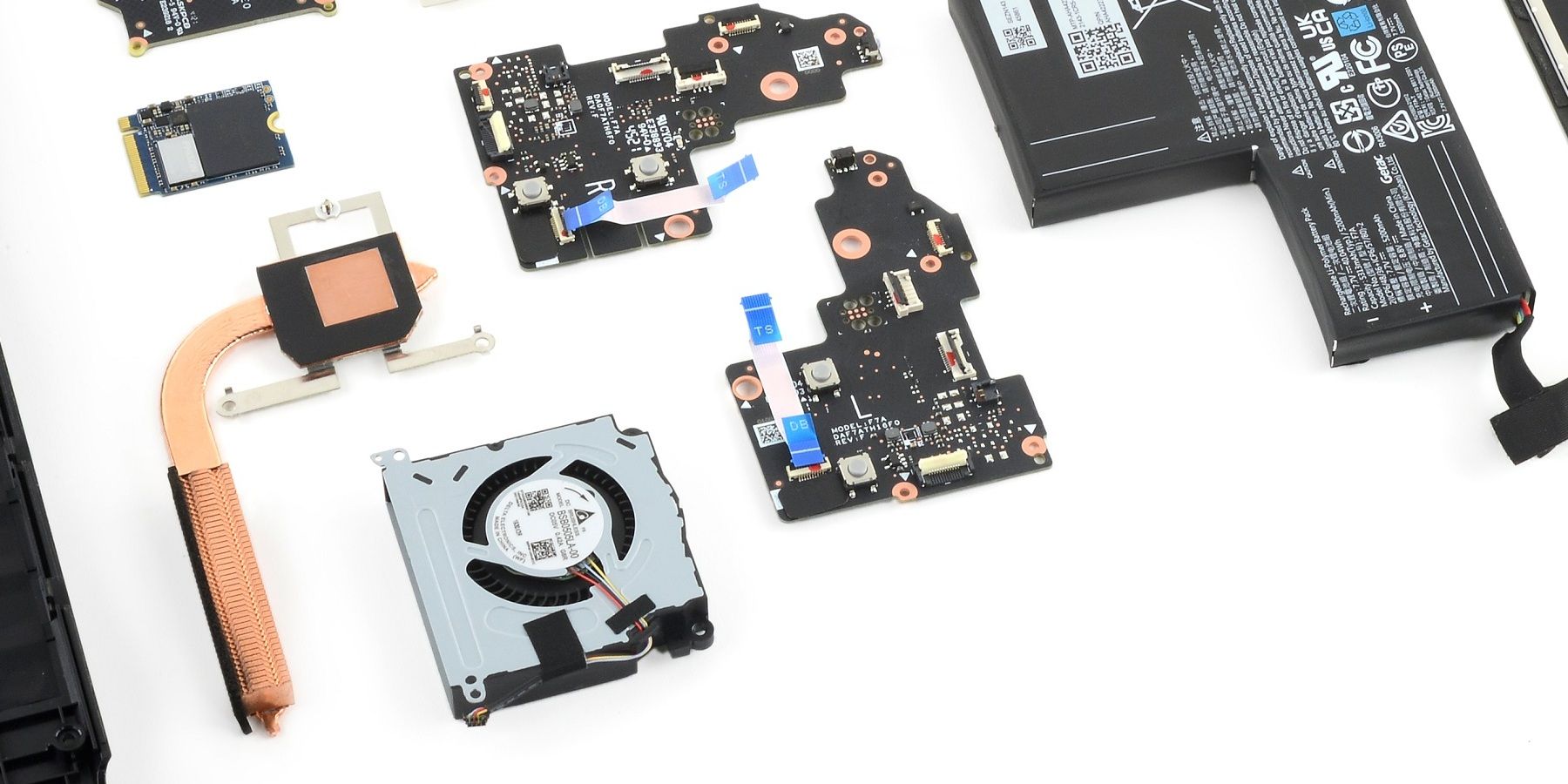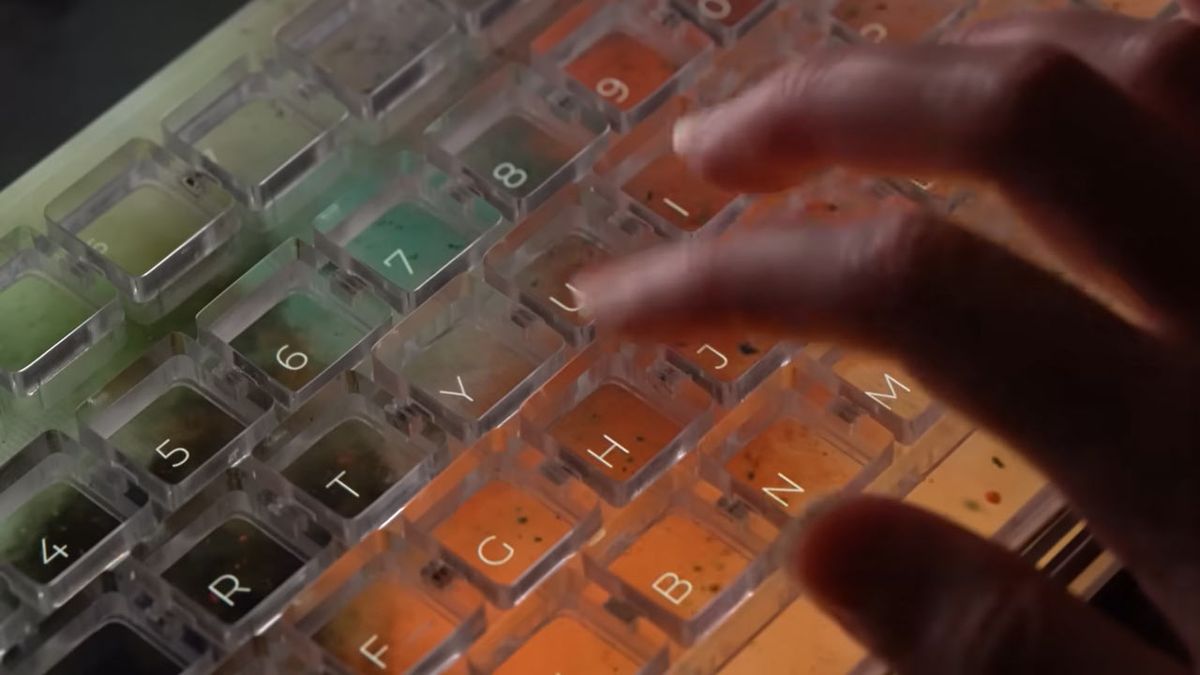Steam Deck Users Discover New Hardware Revisions

Valve appears to be working on some stealthy changes for the Steam Deck‘s internal hardware layout and cooling systems, according to some users. Without any fanfare whatsoever, Valve seems to have started changing the internals of its handheld gaming PC, but eagle-eyed users have already realized that something may be up on that front.
While Valve did explain that there’s no Steam Deck 2 on the horizon at this time, this decision doesn’t seem to include a number of relatively stealthy changes that are already being deployed for new owners of the device. Though it’s unlikely that these changes will lead to substantial changes in the games’ performance, they may yet prove interesting for a wholly different set of reasons.
Steam Deck users have discovered that Valve has begun shipping a new, seemingly region-specific variant of its handheld gaming PC. All the differences are internal, it’s worth pointing out, and some examples include a slight redesign of the motherboard, a new fan, a different heat sink setup, and a substantially altered EMI shield. What’s particularly noteworthy, however, is that even though this variation of the device hadn’t been spotted yet, it appears to have an earlier revision number than the devices that had been previously sold.
At this time, it’s not immediately apparent whether this variant of the device is the realized version of an earlier design document or not. It’s possible that Valve may have had to put it into action to accommodate new part suppliers. Whatever the case may be, some users may discover that the altered EMI shielding looks nicer than it did in the older Decks. This may come in handy for the various transparent third-party Steam Deck shells that are available on the market, in particular.
The availability of a new fan is curious, too. Up until now, Deck users had a chance to receive one of the two fan versions, one of which was more prone to high-pitched whistling under heavy loads. The new revision of the fan is, of course, a far cry from some of the loftier projects, like the piezo-electric cooling solution for the Steam Deck, but it’s possible that it ends up being more performant than the two old versions ended up being.
Keeping all of the above in mind, it’s worth pointing out that it’s highly unlikely that Valve is looking to massively change how the Deck’s hardware functions. Instead, the goal is to keep improving the device’s software, and the listed changes for the new hardware revision of the device should deliver performance equivalent to that of the previous revisions. Still, software improvements are plenty exciting on their own, as one of the future upgrades promises to improve storage space availability on the Steam Deck, for example.






